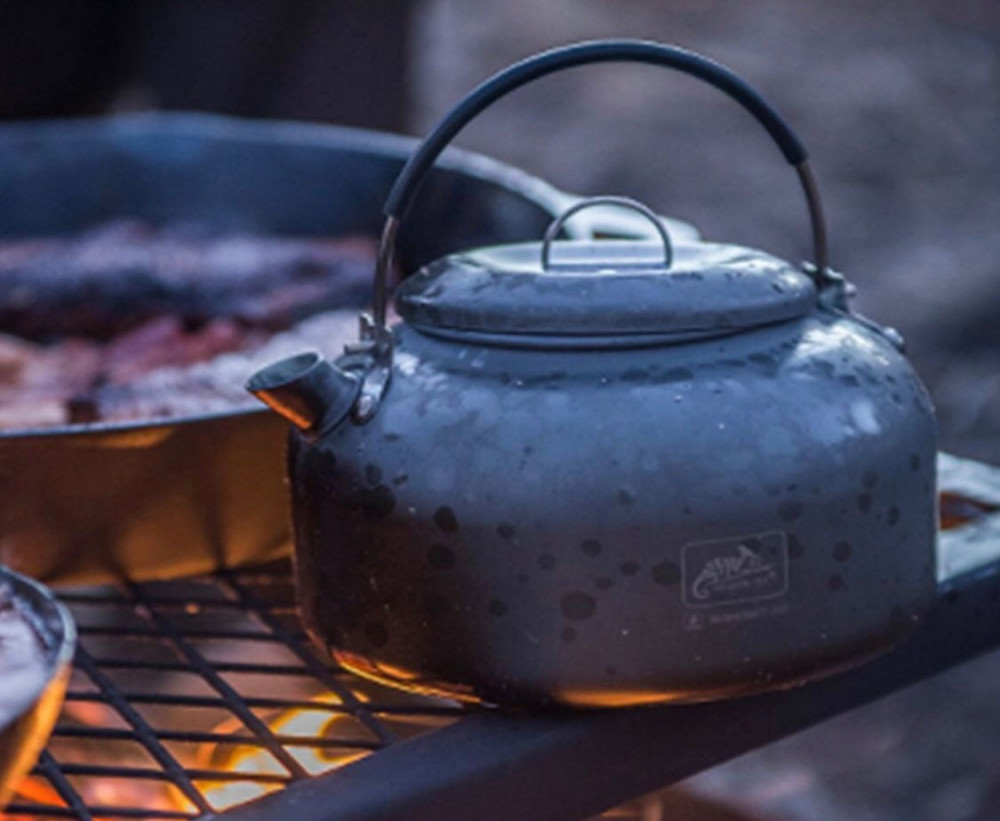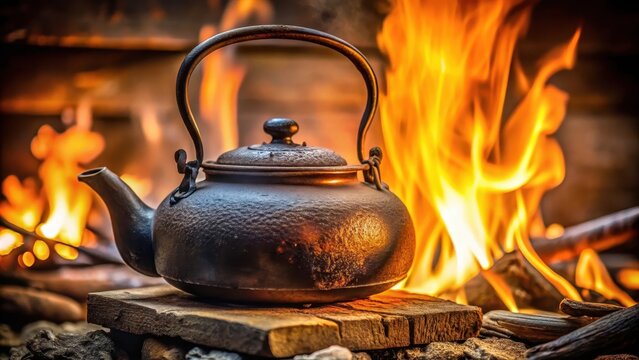In today’s fast-paced world, the charm of traditional cooking tools remains unmatched. One such item is the cast iron kettle. Why use a cast iron kettle? It offers a delightful blend of functionality and vintage appeal, making it a favored choice for kitchen professionals and home cooks alike. This article will explore its key advantages and why it could be a worthy addition to your kitchen.

The History of Cast Iron Kettles
The cast iron kettle has been a cornerstone of traditional kitchens for centuries. Its origins trace back to ancient China and Europe, where it was valued for its durability and efficiency in cooking.
What Makes Cast Iron Special?
Unmatched Durability
Among the various materials used in cookware, cast iron stands out for its durability. A well-maintained keto can serve generations. Its resistance to chipping contributes to its longevity.
Superior Heat Retention
Cast iron kettles are known for their excellent heat retention. This feature ensures that your tea or soup stays warm for a prolonged period without reheating. Read more about this benefit here.
Functioanlity in the Kitchen
Versatile Cooking Tool
A cast iron kettle can be used over open flames, stoves, and even induction cooktops. This flexibility makes it ideal for various cooking methods, from boiling water to stewing soups.
Enhancing Flavor
One unique advantage of using a cast iron kettle is its ability to enhance flavors. The metal reacts with food, adding depth to your dishes over time.
Aesthetic Appeal
Timeless Design
The design of a cast iron kettle adds a rustic charm to any kitchen. Its traditional appearance complements both modern and vintage kitchen settings.
Health Benefits
Iron Supplementation
Cooking with a cast iron kettle naturally infuses meals with iron, an essential mineral for health. This can be beneficial for those with iron deficiencies.
Eco-Friendly Choice
Sustainable and Recyclable
Cast iron is 100% recyclable and reduces your carbon footprint. Unlike other materials, it doesn’t release harmful chemicals when heated.
Types of Cast Iron Kettles
Traditional vs. Modern Designs
While traditional cast iron kettles boast classic designs, modern variations offer sleek and ergonomic styles, catering to contemporary tastes.
Maintaining a Cast Iron Kettle
Simple Care Tips
Properly caring for your kettle involves regular seasoning and drying to prevent rust. Cleaning tips can ensure your kettle stays in top condition.
Cost-Effectiveness
Long-Term Investment
An initial investment in a cast iron kettle can save money over time by reducing the need for replacements, thanks to its durability.
Community and Connection
Shared Experiences
Using traditional cooking tools like a cast iron kettle can create a sense of connection to the past and foster community through shared cooking experiences.
Comparing Materials
Cast Iron vs. Stainless Steel
While both materials have advantages, cast iron’s heat retention and durability often outshine stainless steel options in a busy kitchen setting.
Choosing the Right Cast Iron Kettle
Factors to Consider
Consider size, design, and brand reputation when selecting the right kettle for your needs. Evaluate your cooking habits and kitchen space.

FAQs About Cast Iron Kettles
What foods work best in a cast iron kettle?
Ideal for soups, stews, and boiling water. It’s versatile!
How long can a cast iron kettle last?
With proper care, it can last for generations, becoming a family heirloom.
Are cast iron kettles expensive?
While they may be pricier than other materials initially, they offer long-term savings.
For more on cast iron cookware and its benefits, you can explore additional resources on how to maintain cast iron like tripod grills.
This article contains affiliate links. We may earn a commission at no extra cost to you.

